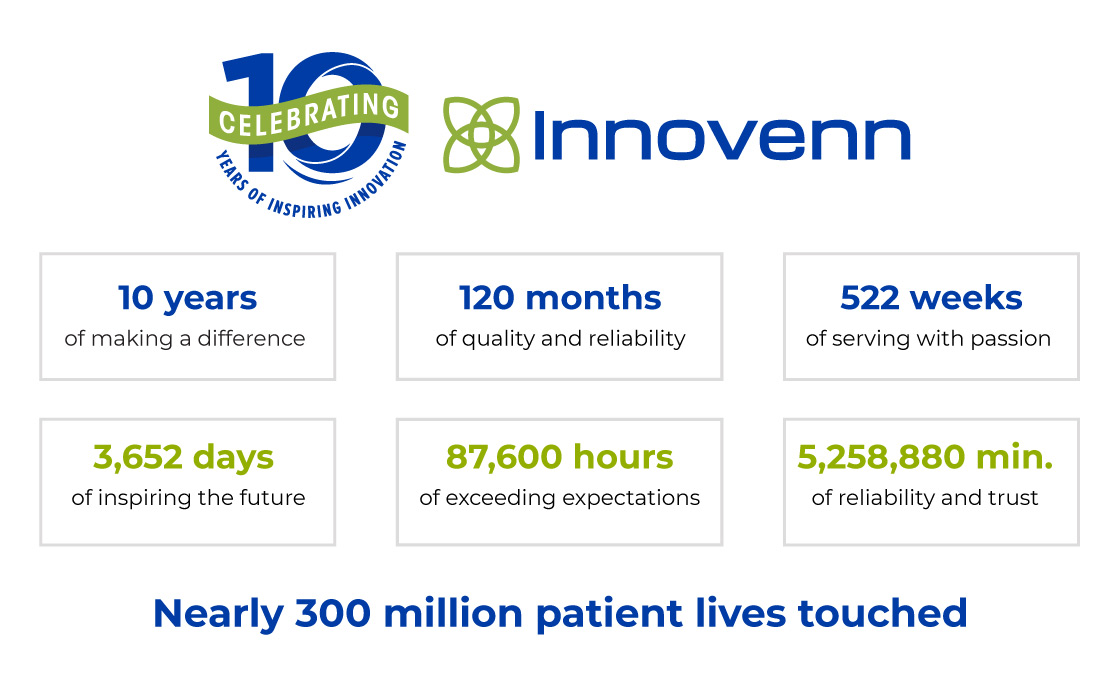PMA Submission Process
PMA Submission Content
To meet the requirements for Premarket Approval (PMA) of medical devices, the applicant must comply with the regulations set out in 21 CFR part 814.20. This includes providing detailed information such as device description, alternative practices and procedures, summary of clinical and nonclinical data, marketing history, and more. If the applicant determines that some of the information required under §814.20(b) is not applicable to their device and chooses to omit it from their PMA submission, they must provide a statement that explains the omitted information and provides a justification for why it is not necessary to include. More information on the PMA application content can be found under PMA Application Contents on the FDA website.
A submission for a Humanitarian Device Exemption (HDE) PMA requires the applicant to provide detailed information on the device’s description, intended use, safety and effectiveness data, manufacturing information, and labeling stated in the regulation 21 CFR 814.104. The submission must also include a certification that the device is intended to treat or diagnose a disease or condition that affects fewer than 8,000 individuals in the US per year, and as that there are no other comparable devices available to treat or diagnose the condition. Additionally, the submission should include information on how the device benefits patients in terms of safety and effectiveness and how the potential risks of using the device are mitigated. More information on HDE can be found on the following FDA webpage, Humanitarian Device Exemption.
Submission of PMA
A PMA submission must be submitted in an electronic format known as eCopy. An eCopy is an electronic version of the medical device submission that is created and submitted on a CD, DVD, or flash drive. The submission should be accompanied by a paper copy of a signed cover letter. The eCOPY Program for Medical Device Submissions guidance document provides detailed information on the eCopy format. Depending on the submission type, a PMA user fee may be required before submission. However, HDE applications are exempted from user fees. The User Fees and Refunds for Premarket Approval Applications and Device Biologics License Application guidance document provides detailed information on the PMA user fee.
PMA Submission Review
The FDA breaks down the PMA submission review in a four-step review process consisting of:
- administrative and limited scientific review by FDA staff to determine completeness (acceptance and filing reviews)
- in-depth scientific, regulatory, and Quality System review by appropriate FDA personnel (substantive review);
- review and recommendation by the appropriate advisory committee (panel review); and
- final deliberations, documentation, and notification of the FDA decision
Details on the FDA review process for PMA submission can be found under PMA Review Process on the FDA website.



